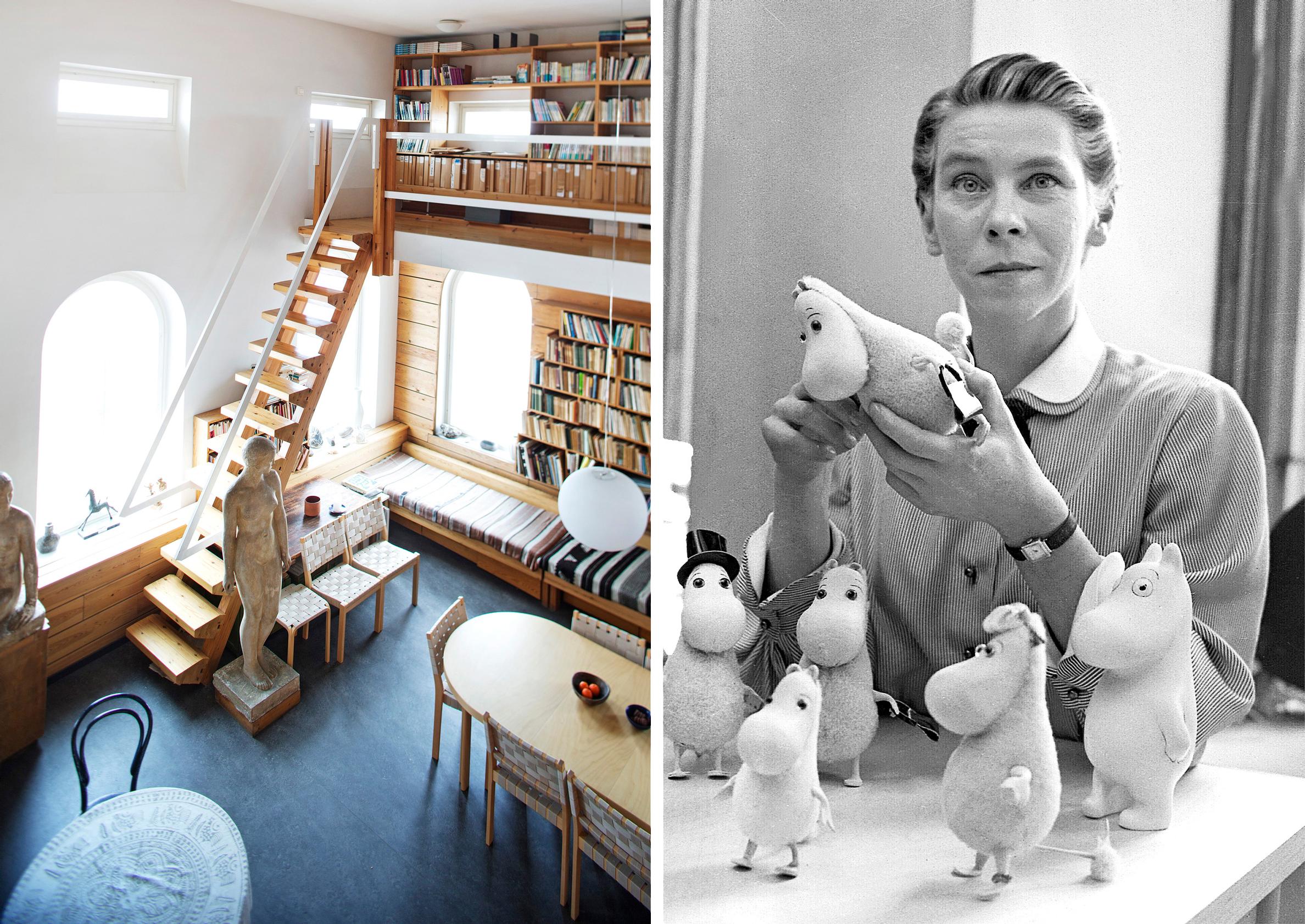
“Tove was over the moon after renting the studio”: step inside Moomin creator Tove Jansson’s home
The studio home was a long-cherished dream for Tove Jansson, who valued having a bathtub more than a kitchen. This is where the beloved artist and Moomin creator lived and worked.
The elevator in the corner building takes you to the sixth floor. Right behind the turret apartment’s door stands a small stove. Back in the day, it used to heat Tove Jansson’s (1914–2001) studio-home foyer, but it wasn’t powerful enough to warm the workspace with its five-and-a-half-meter-high ceiling.
Standing in an open spot in Helsinki’s Kaartinkaupunki district, the building has always been exposed to strong winds.
“Tove was over the moon in autumn 1944 when she was able to rent Hjalmar Hagelstam’s old studio. Bombing raids had damaged the building, breaking windows and the fireplace in the workroom, but at last she had a proper place of her own, a long-awaited anchor. She didn’t care about its condition,” says Sophia Jansson, Tove’s brother Lars Jansson’s daughter.
In winter, the workroom was bitterly cold. If it was –17°C outside, it might only reach 4°C indoors.
“As a little girl, I sometimes got to peek into the studio, and I remember how enormous it seemed then. Later, it somehow felt smaller,” Sophia recalls.
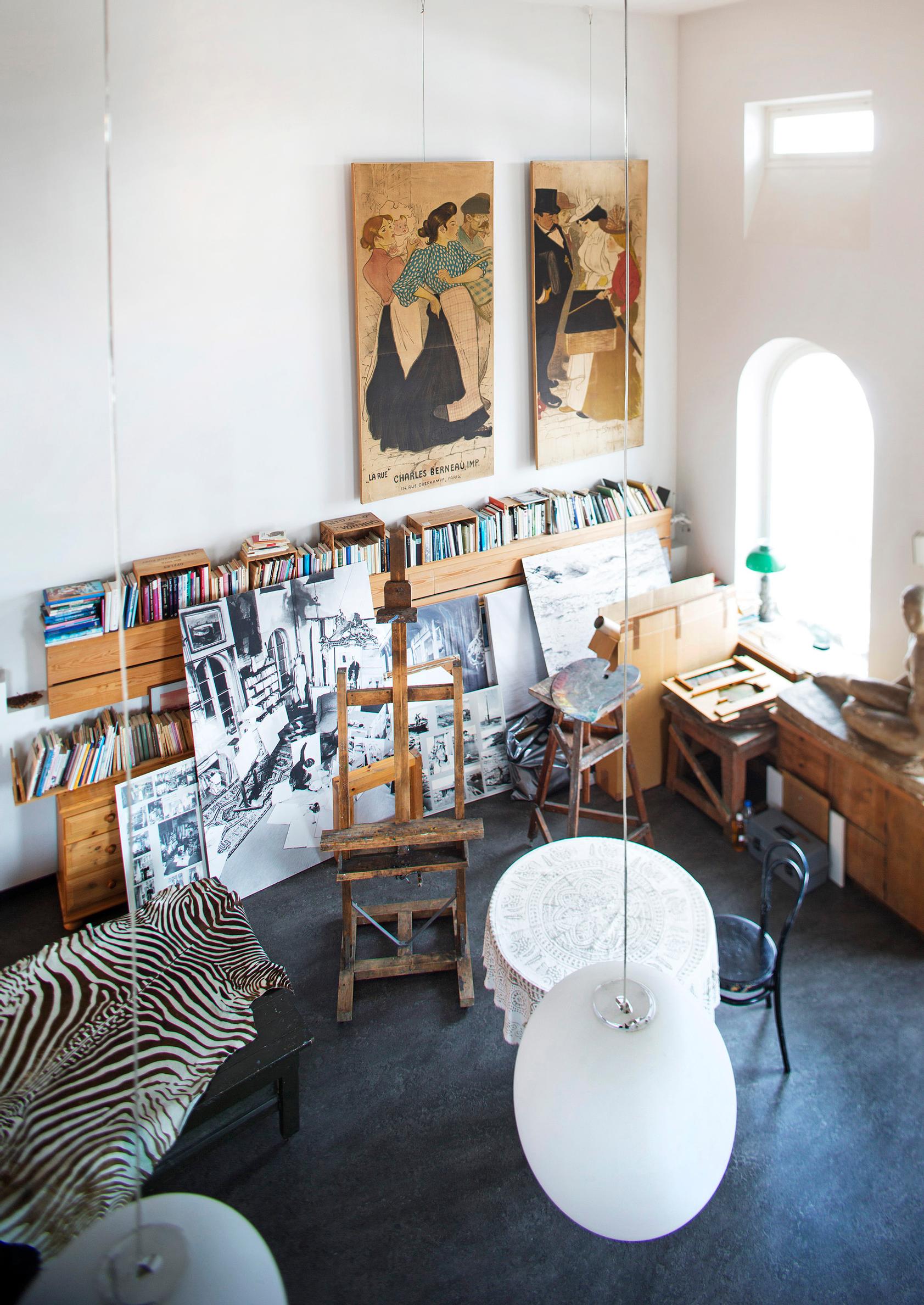
High arched windows and small upper windows fill the nearly eight-meter-long, equally wide workroom with light. Thanks to a substantial bank loan in early spring 1952, Tove was able to buy the apartment. In the 1960s, the architect couple Raili and Reima Pietilä, carried out a major renovation. They insulated the walls and built a loft along two sides of the studio. From there, you can slip up to a sleeping area constructed over the hallway, which you can also reach via a spiral staircase near the toilet, bathroom, and a small sitting nook.
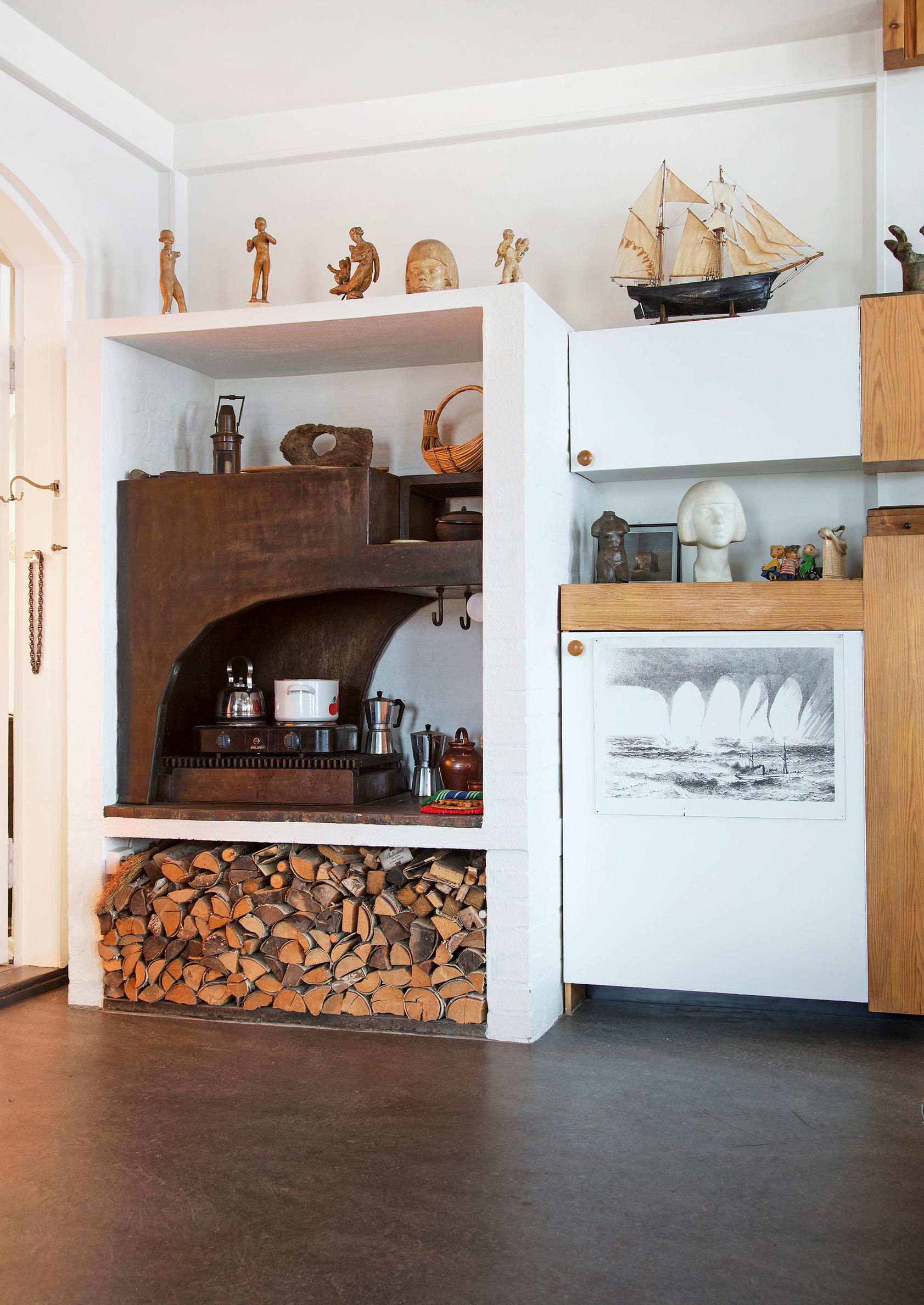
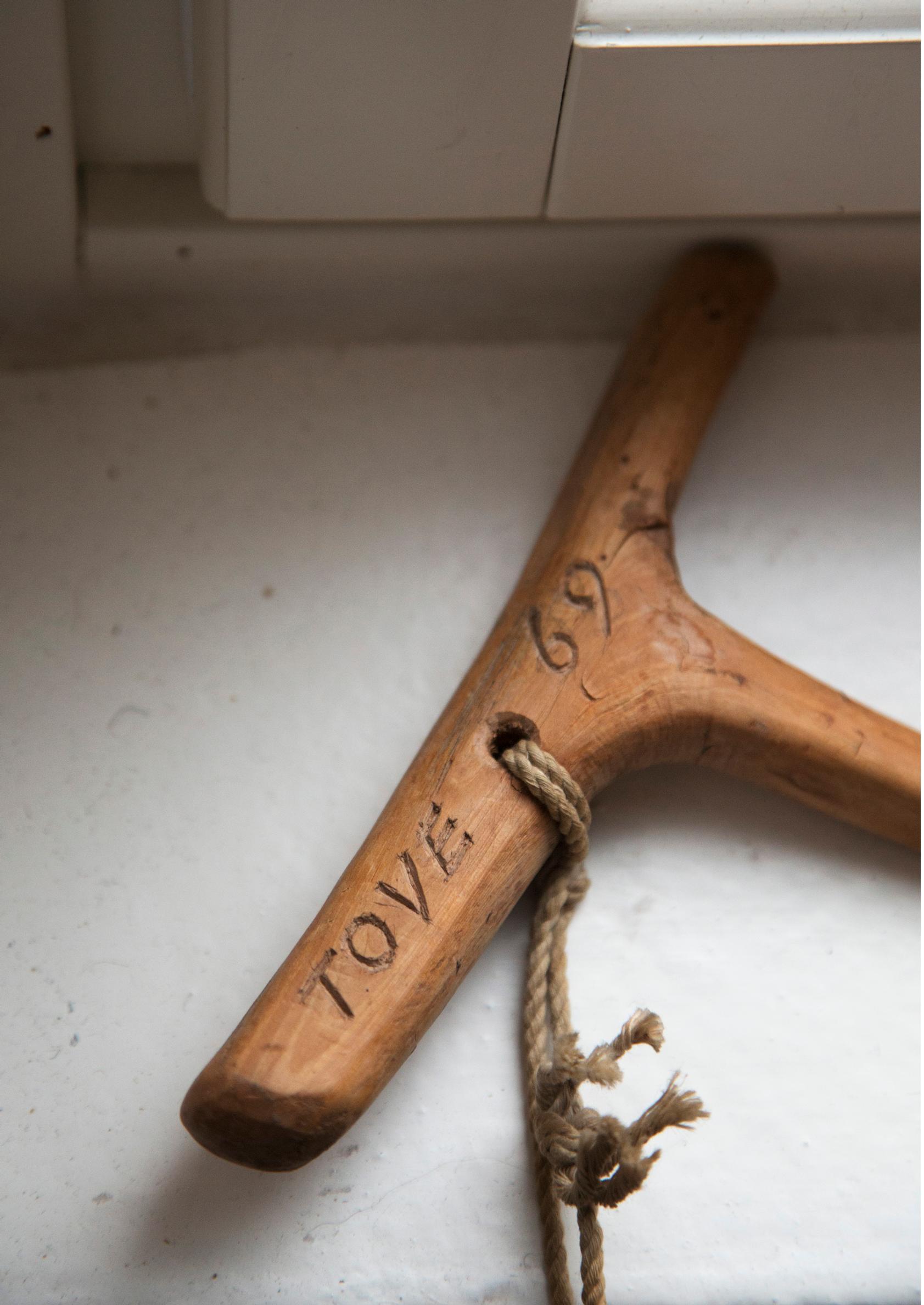
But where is the kitchen?
“The Pietiläs asked Tove what to do when there was only one water line in the studio. She wanted a bathtub. A small nook in the workroom plus a two-burner stovetop was enough for cooking. Perhaps it already felt like a luxury compared to what she had before,” Sophia suggests.
She was a workaholic, though her niece dislikes that term. A remarkably versatile artist, Tove worked with both images and words—painting, sketching, designing stage sets, and writing fairy tales, prose, poetry, and scripts. Everyone knows her Moomin characters, but how many realize, for instance, that she was also a lyricist?
Amid all the bustle, she often skipped meals. This petite woman never exceeded 50 kilos, yet she smoked a lot.
The studio apartment now belongs to Moomin Characters, the company managing the Moomins’ legacy, and it serves at times as a meeting space. In the mid-2000s, the company hired professionals to refresh every surface. There isn’t a single splash of paint left anywhere.
“Thousands upon thousands of cigarettes were smoked, and there were plenty of parties. The windows had leaked. We needed to get rid of the smell and patina, but unfortunately, we also lost the studio’s signature scents,” Sophia says.
During the building’s renovation, one unusual element of Tove Jansson’s home vanished: the attic corridor.
In the mid-1950s, Tove found a life partner in graphic artist Tuulikki Pietilä, who later got her own studio in the next stairwell. The pair used to visit each other via the attic, where they hung posters, drawings, and pictures for everyone to enjoy.
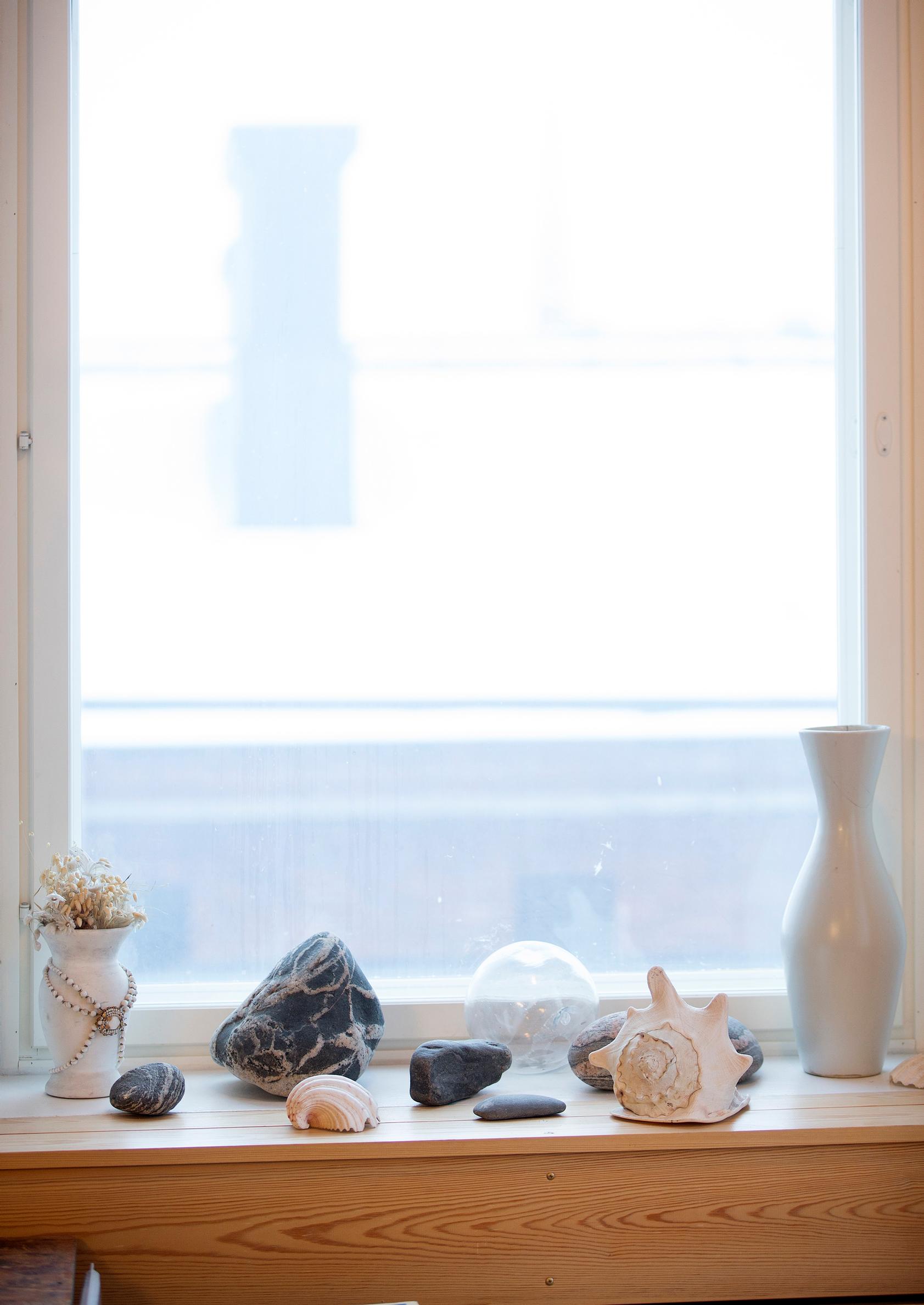
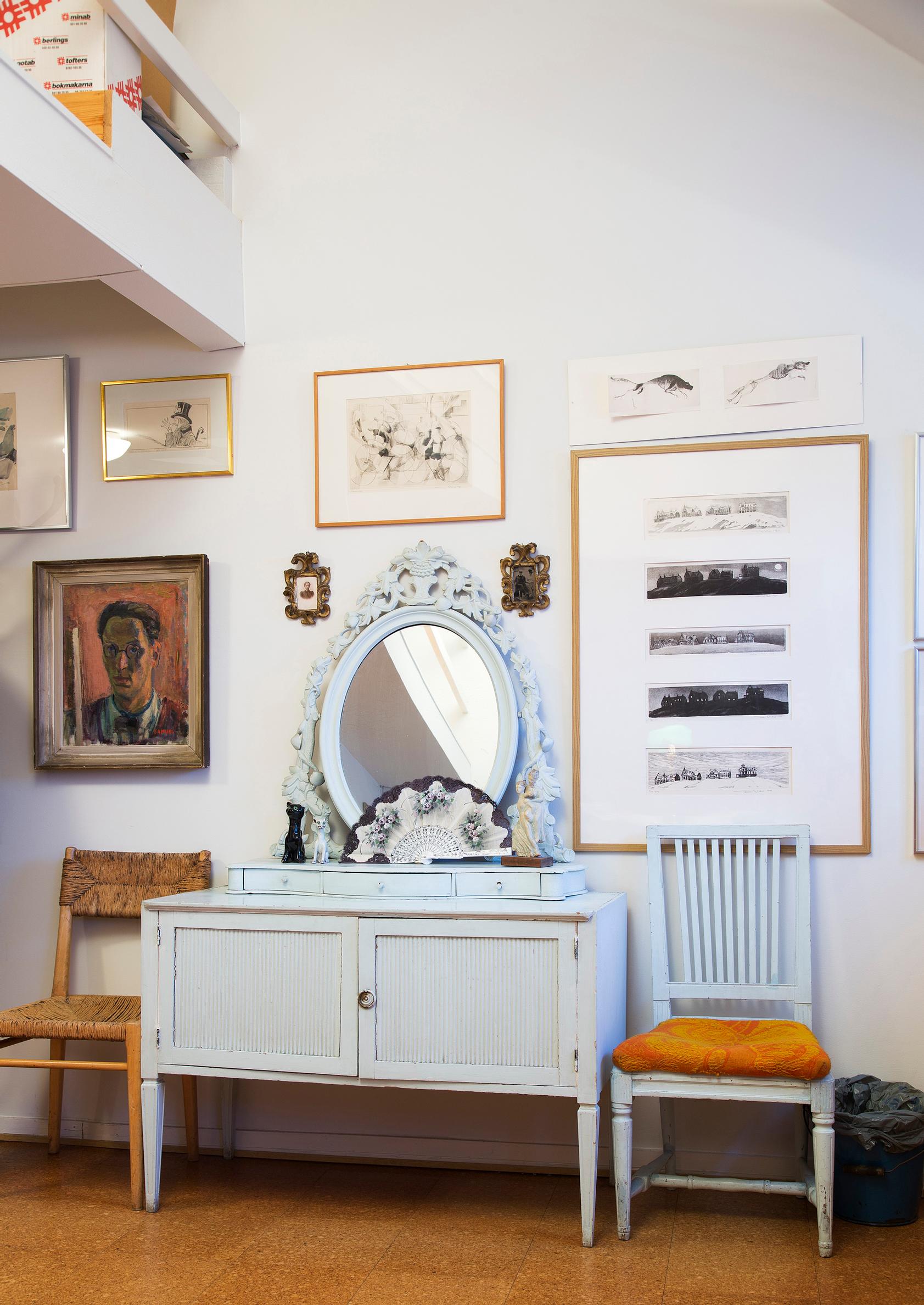
Tove often wrote about stones smoothed by the sea and shells, which still occupy spots on windowsills and shelves in the studio. Some come from the Gulf of Finland, the Pellinge region, and especially Klovharu. That remote, rocky isle was the couple’s rugged summer haven for decades. Occasionally, other close family members also joined them, including Tove’s mother Signe Hammarsten-Jansson (Ham), her brothers Per Olov and Lars, and little Sophia.
“Tove and Tuuti sought out distant horizons, craving peace and quiet. The cabin, partly built over a hollow, had just one room and a cellar sauna, but they often slept in a tent. There was no electricity or running water on the island,” Sophia explains.
She recalls her fairy-like aunt dancing on the rocks or energetically sawing and chopping firewood while weaving stories in her head. Work became play. Tove would proudly show her woodshed, decorated with driftwood and stones washed up by the sea: see what she’d just discovered, look at this seashell. A simple picnic behind the cabin on a small patch of sand could turn into an adventure where absolutely anything might happen.
Tove writes about this dreamlike island life in her work The Summer Book.
“She said a third of those stories are true, a third are childhood memories, and a third she invented,” Sophia notes.
“Tove had a brilliant mind and a keen understanding of human nature. She was sharp-witted and could layer complex meaning into her imagery. She worked nonstop.”
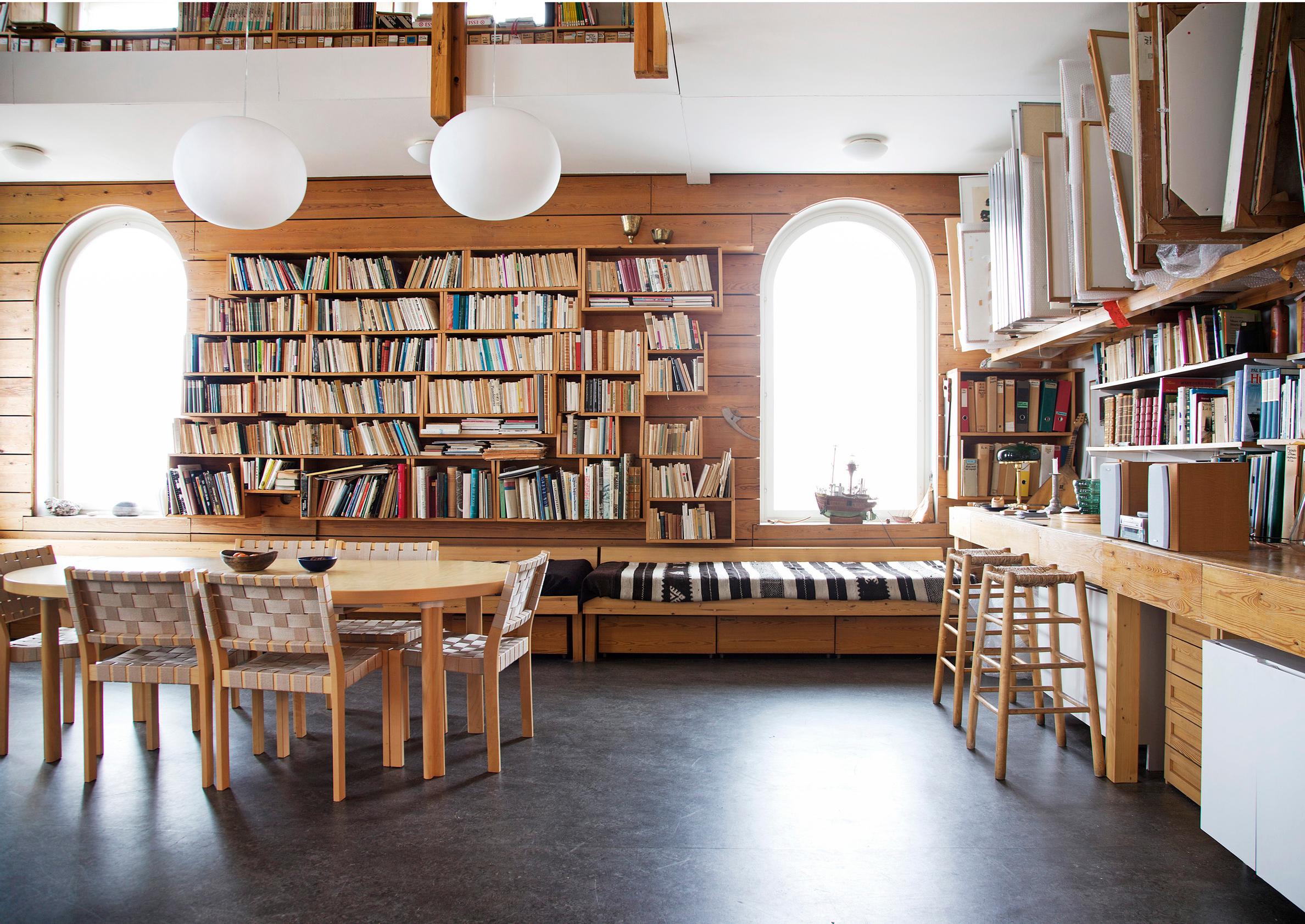
In the workroom stands a light Viennese chair, seen in a few of Tove’s paintings, along with a mismatched set of seating: a low upholstered accent chair, a curved armchair, and a whimsically short chaise longue. All bear the marks of long use. Perhaps the cat Psipsina had sharpened her claws on the colorful upholstery? Only images hanging among the other artwork now remind us of the pet.
According to Sophia Jansson, her aunt adored anything beautiful, but she probably wasn’t too exacting about her furniture and certainly didn’t conform to conventional interior style.
The pieces came together over time, rearranged or replaced throughout the nearly 57 years Tove Jansson lived in the studio. Undoubtedly, her fondest treasures were the small maritime trinkets, art, and books scattered here and there.
Old photos show how an elaborate canopy frame once hung from the studio ceiling, and thick rugs on the floor helped keep out the chill.
Amid it all, the artist worked tirelessly, and ultimately her Moomin characters conquered the world.
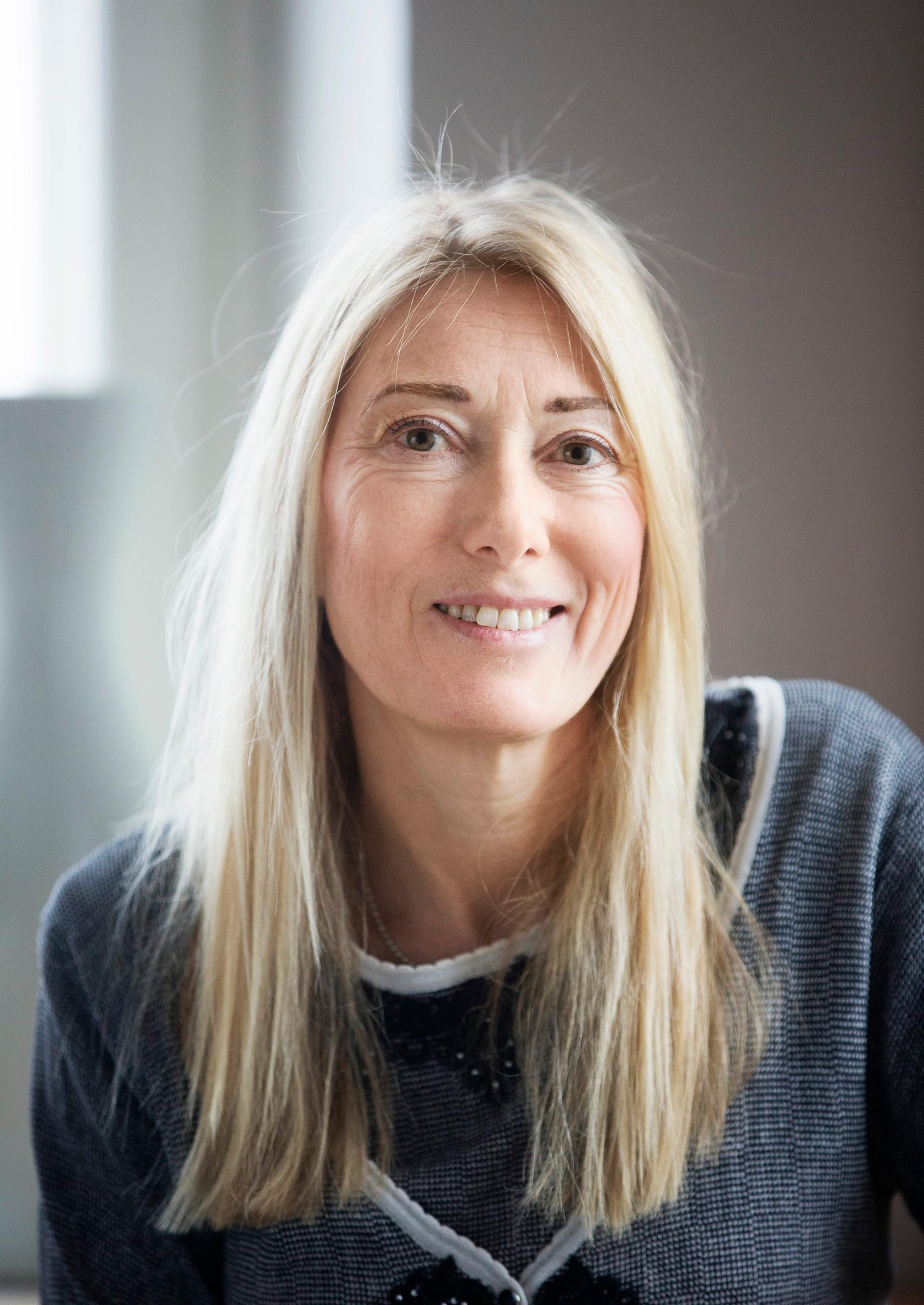
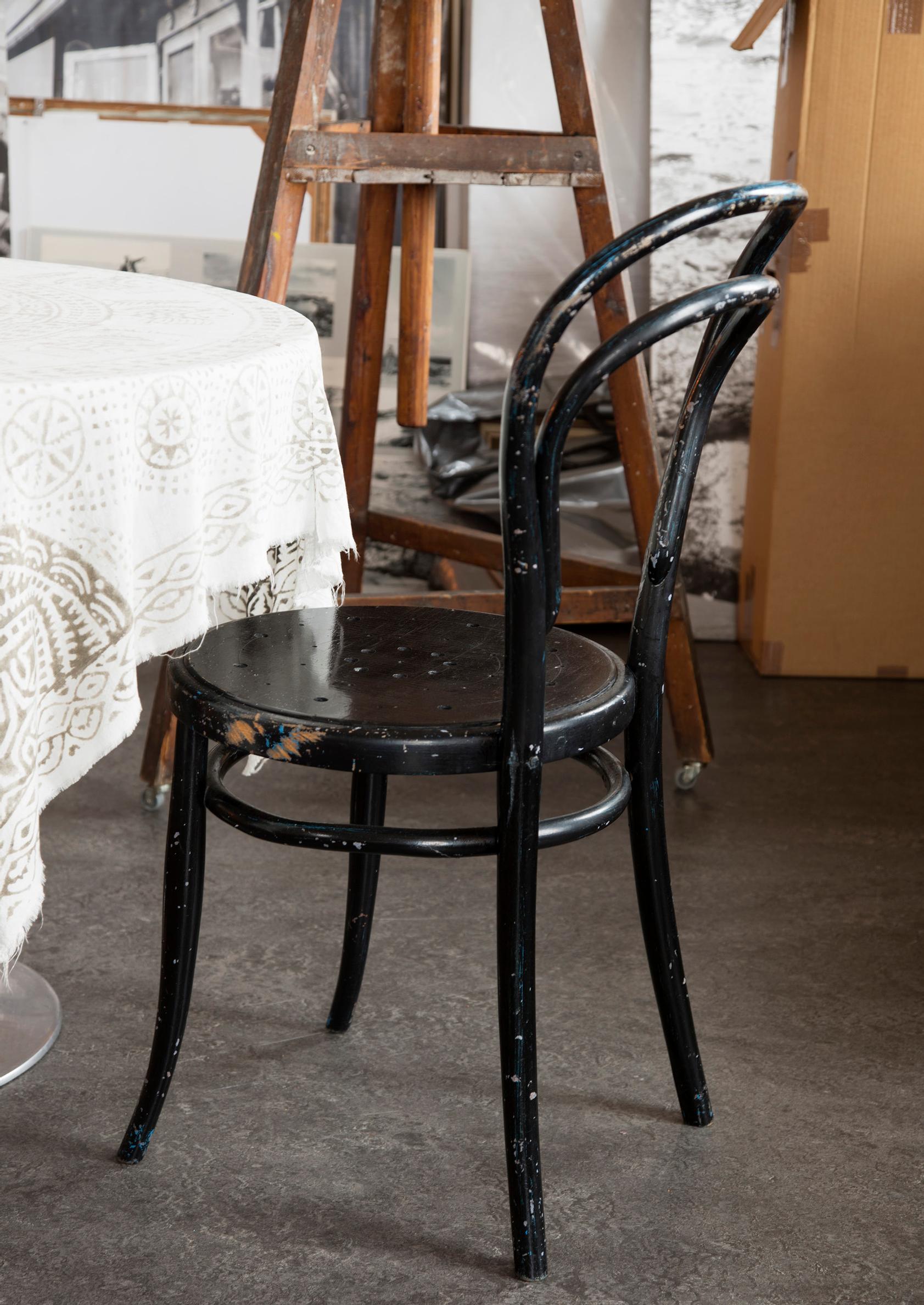
Sources include, among others, Tuula Karjalainen’s book Tove Jansson: Work and Love (Tammi, 2013).
Photo of Tove Jansson from 1956: Lehtikuva / Reino Loppinen.


